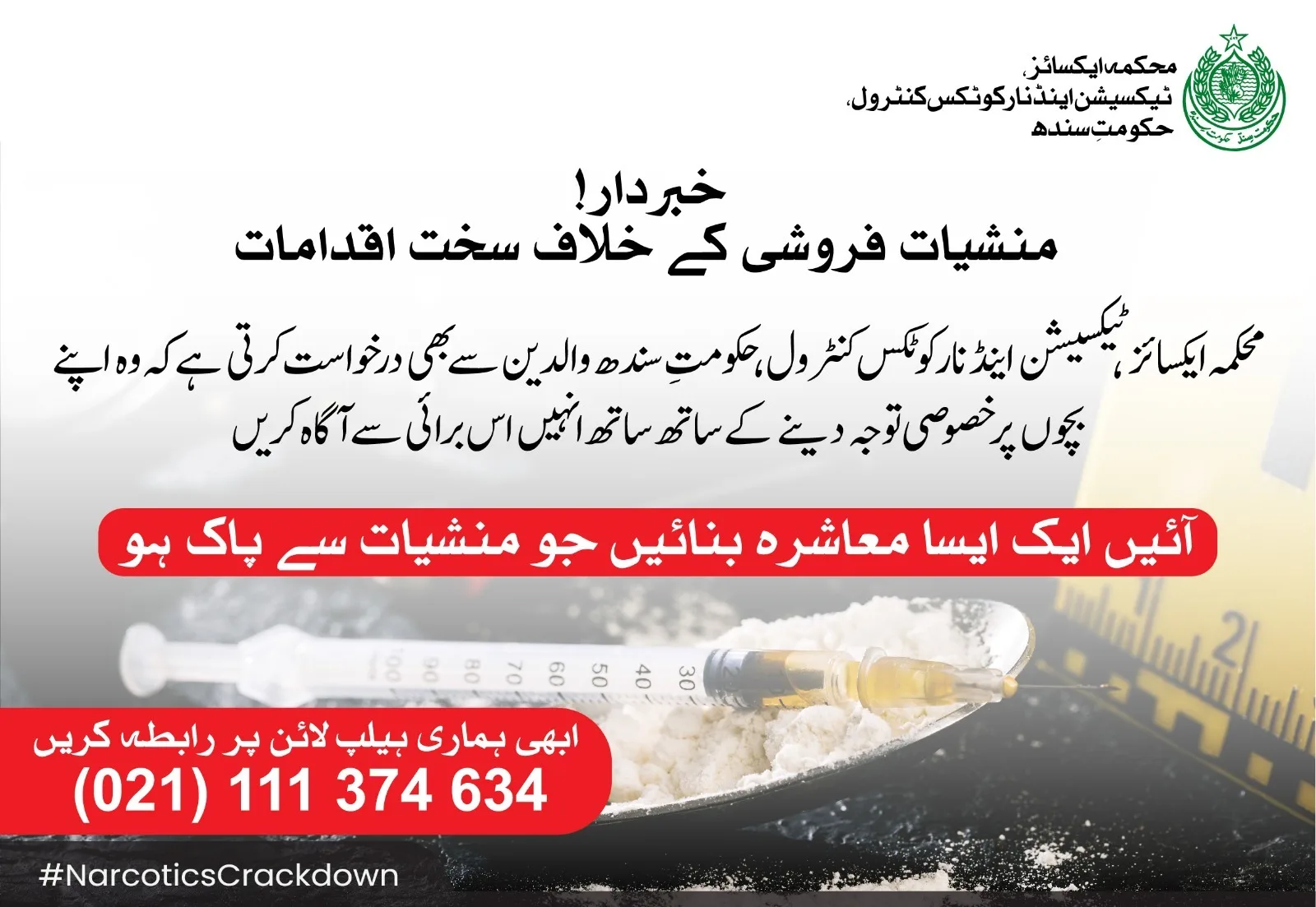Karachi: Tsunami risk poses challenge to Pakistan

Dec 31, 2021: Addressing journalists in a workshop in Karachi, Met department chief said residents along the shores of Sindh Makran should be prepared for earthquakes and tsunamis and storms in the Arabian Sea.
Pakistan’s Meteorological Department (PMD) officials warned Wednesday that an earthquake of more than 8 magnitude could produce waves that could cause extraordinary damage in Karachi, Gwadar and other coastal cities and towns.
A triple plate junction in Pakistan, located just 50 kilometres away from Balochistan’s coast, faces potentially high tsunami risk, warned experts at a workshop held in the city of Karachi on Wednesday.
The awareness programme on an early warning system for hazards like tsunami noted the Makran subduction zone had the potential to generate future tsunamis in the Arabian Sea and the Indian Ocean, according to a report by Dawn.
More than 4,000 people were killed along Pakistan’s coast and neighbouring countries like Iran, India and Oman by tsunami in 1945.
Dr. Riaz further said the Sindh-Makran coast had already faced devastation in 1945 when a strong tsunami caused by an earthquake in the ‘Makran Subduction Zone’ killed over 4,000 people in the coastal areas of Makran. The active fault is still gaining energy and could result in another powerful tsunami, the time-frame for which could not be predicted, he added.
“People and authorities in Karachi and other coastal cities should be prepared for an earthquake in the Makran subduction zone, which is 50 km off the Sindh-Makran coast,” said Director General PMD Muhammad Riaz. A strong earthquake could trigger a strong tsunami, which could produce waves up to 10-15 meters high and cause extraordinary damage in areas two to five kilometers from Karachi and other coastal cities.
Pakistan is situated in a tectonically very active zone, lying at the triple plate junction of Indian, Eurasian and Arabian plate boundaries, where the Indian plate pushes into the Eurasian plate according to Tariq Ibrahim of the Met department. “We would just have 15 to 20 minutes to analyse the situation and respond. While Gwadar has elevated front, its areas of East and West Bay are very vulnerable in case a tsunami occurs of the same intensity that struck in 1945. It will also inundate Gwadar port and the city,” he said.
Citing data generated with the help of simulation studies, Ibrahim said one to two-kilometre area of Karachi’s coast was very vulnerable to damage. “The many tributaries of the Indus delta make Sindh’s coast very vulnerable (to tsunami threat).”
He said both the Karakoram and Hindu Kush ranges were caused by the collision of the Indian plate into the Eurasian plate. The Hindu Kush and the Pamir constituted one of the most seismically active earthquake zones in the world, he added. “We had 4,039 earthquakes in Pakistan in six years (2008-2014). But, most of them were of light and minor intensity (ranging between one and 4.9 magnitude)”
This event on media awareness on an early warning system was organized by the Pakistan Meteorological Department (PMD) in collaboration with UN Development
Stay tuned to BaaghiTV for latest news and Updates!












